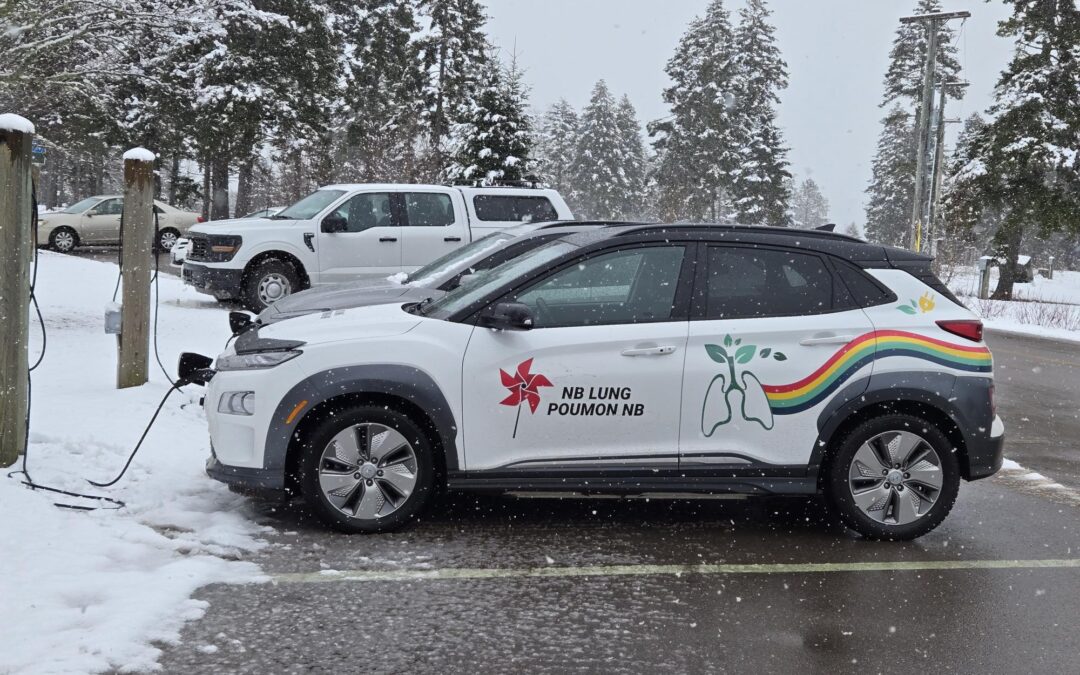Atlantic Canada winters are cold, snowy, and long. Many people wonder if electric vehicles can handle it. The answer is yes. EVs and alternative fuels are ready for our climate—and they can make winter driving easier, cheaper, and cleaner.
EVs Perform in Cold Weather
Modern EV batteries use thermal management systems that warm themselves before driving or charging. Most models also include heat pumps, which provide cabin heat efficiently while conserving battery power. These improvements reduce range loss even in freezing conditions.
In real-world tests, an EV rated for 400 km typically delivers 320–340 km in sub-zero temperatures. That’s still more than enough for the average 30 km daily commute in Atlantic Canada. With home charging, you start every morning with a full battery, and growing public charging networks across New Brunswick and beyond make longer trips more practical than ever.
Smart Habits for Winter EV Driving
Drivers can maximize performance with a few simple steps:
- Preheat while plugged in so you save battery for the road.
- Rely on heated seats instead of running cabin heat at full blast.
- Park indoors or sheltered to help preserve battery warmth.
- Clear snow and ice to reduce drag and weight.
- Check tire pressure regularly, since cold weather lowers PSI.
These habits help EVs perform as reliably in February snow as they do in July sunshine.
The Road Ahead
EVs and alternative fuel vehicles are ready for Atlantic Canadian winters. With rebates to lower upfront costs, expanding charging infrastructure, and clear health benefits from reducing tailpipe pollution, the shift away from gas is already underway.
Your next vehicle doesn’t have to rely on fossil fuels. Whether electric, hybrid, or powered by cleaner alternatives, you can drive through the snow knowing your choice supports both safe winter travel and cleaner air for your community.
Your Voice Can Make Change
Real change starts with people like you. See all our advocacy letters and add your voice for a healthier future.

